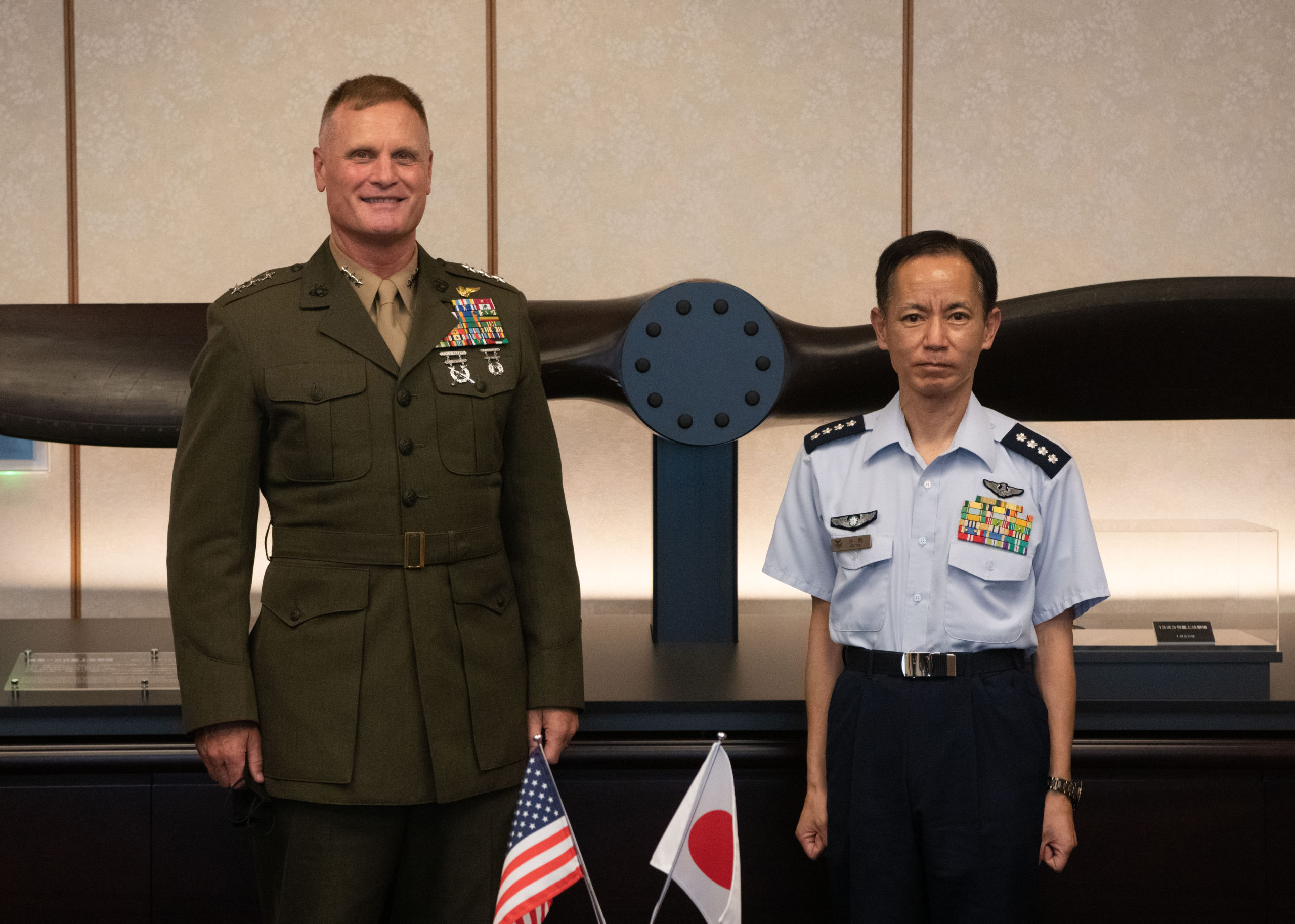What MAWTS-1 Contributes to the Force
We had a chance on November 16, 2023 to talk with Lt General Steve “Stick” Rudder concerning how during his career MAWTS-1 contributed to the ongoing innovation and combat capabilities for the USMC. LtGen Rudder was the MARFORPAC commander in his last posting, but before that he was DCA.
LtGen Rudder identified a number of MAWTS-1 contributions. He noted that he came first to MAWTS-1 as a WTI instructor at MAWTS-1 after his involvement in Desert Storm and his generation of Marines brought that experience directly into the course.
He characterized the general MAWTS contribution as follows: “MAWTS-1 provides the only opportunity for future tactical and operational junior leaders to come together and expose them to how the Marine Corps fights as an integrated MAGTF and not as separate communities.
“As a young officer, you experience participating in the fully integrated MAGTF and the complexity and strength of the integrated force. You have the unique opportunity to learn how to be a tactical leader in the broader context.”
Rudder talked about what he called the advantages of a “MAWTS product.”
He characterized the product as follows: “A Marine WTI who can go back into squadrons and make them combat proficient as a unit and operationally relevant in a multitude of environments. The WTI provides leadership for that squadron to make sure it can safely execute the missions which they have been assigned. He or she is also there to groom future leaders for Marine Aviation”
Rudder provided a case in point of how MAWTS contributes to the innovation process.
He noted when he was DCA, he focused significantly on digital interoperability, mesh networks and the general effort to integrate the Marines more effectively as a kill web force. He noted: “The ideas from MAWTS started that process. Whether it was night vision goggles, MV-22 tactics, F-35 integration, new tactical tablets or MAGTABs, or testing new command and control technology, MAWTS led the way in technology, proof of concept, and follow on training and standardization.”
He underscored: “Unlike other schoolhouses, MAWTS is the only organization that can keep pace with technology and changes in the operational environment.”
But how does it do so?
It is not through war games or briefing slides – it is through actual testing in training what Rudder referred to as the “physics of combat.”
Through a direct connection to the fleet Marines or the warfighting lab, when a new tactical concept is introduced, MAWTS tests how such a concept would actually be executed in the real world. How does the physics of force sustainment, force maneuver, force support, force protection and delivering of effects actually work or not?
The challenge in Rudder’s words: “We need to avoid smoke and mirrors. The talking points from a wargame or ideas from force design planners may sound good, but it has to have an operational look. An A plus for your ideas may equal a D for practical execution.
“If the concept or design does not make it through the physics of operational execution, the idea needs to be rejected or seriously modified.
“Giving problems and operational concepts to MAWTS is crucial to working the physics of combat in testing out new tactical approaches.”
Featured Photo: Lt. Gen. Steven R. Rudder (left), commander, U.S. Marine Corps Forces, Pacific, meets with Gen. Izutsu Shunji, Chief of Staff, Japan Air Self-Defense Force, at the Japan Ministry of Defense, Tokyo, July 7, 2021. Lt. Gen. Rudder is in Japan for meetings with leadership of Japan Self-Defense Forces to reinforce the mutual U.S.-Japan cooperative defense relationship, which has been a model of bilateral cooperation. These meetings will help improve both nations’ combined capabilities and mutual contributions to the defense of Japan and to a free and open Indo-Pacific. (Photo by U.S. Air Force SSgt Samuel Burns).

